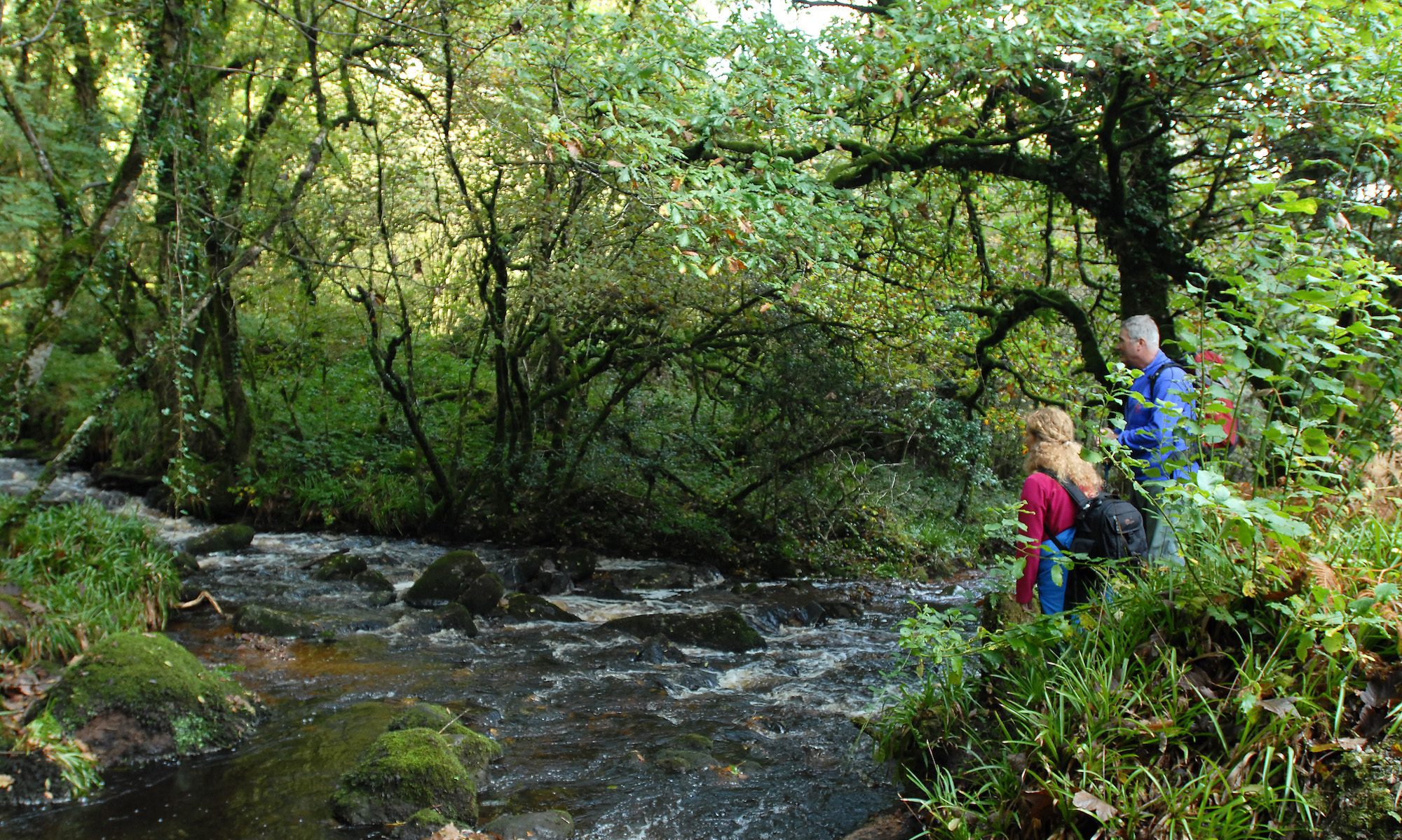Over 60 people joined us in Tulla on Thursday evening last for the Tulla Famine Week. This guided historical walk was jointly organised by Tulla Reaching Out and Clare Walks Ltd. to celebrate Heritage Week 2018. Jane Halloran, Dalcassian Origins, provided the historical information for this Famine Walk.
The walk started outside Tulla Library and provided information on the people and buildings associated with the Great Famine 1845 – 1849 in Tulla.
We heard of Fr. Patrick Sheehy, the Parish Priest of Tulla during the Famine and his Church of Ireland counterpart, Rev. Richard Brew who joined forces and seemed to put aside their religious differences to try and ease the suffering of the people of Tulla.
The route took us passed the site of the former Coffin House on Main Street, where coffins for those who died during and after the Famine were made; The Soup (or Souper) School, a small Church of Ireland school which at its height, had about 160 Church of Ireland and Catholic pupils in 1846 & 1847. During the Famine, many children attended the school as by doing so, they were also entitled to a free meal; Tulla Courthouse, which was erected in 1838 and was the main judicial building for the Tulla district for almost 163 years. During the Famine, cases were heard for those accused of stealing. However, the Courthouse was also used for the meetings for the Tulla Poor Relief Committee; Tulla Bridewell or Gaol (now Minogue’s Bar) throughout the 1800’s was the building where prisoners were often kept overnight to appear in court the following day and also prisoners who were due to be transported to a new country as punishment for their crime would have been held here overnight.
The final part of the walk brought the group down to the entrance gates of the former Tulla Workhouse. The Workhouse was completed on 22 February 1850 and started to take in the impoverished people of the area in 1852. Within several months of opening, it was overcrowded. These conditions continued to persist for several years. The high stone walls and galvanised gates guard the spot where the workhouse once stood – only one small pillar marking a former entrance and a very eerie tree remain inside the gate today.
On our return to Tulla we were treated to a welcome rest in Minogue’s and an even more welcome cup of tea and biscuits.We would like to thank Minogue’s bar for making their facilities available.
Again, we would like to say a huge thank you to all who joined the Tulla Famine Walk and we are already looking at ideas for future historic walks on the East Clare and the Mid Clare Way walking routes, so make sure to keep an eye on this website or follow us on Facebook.




